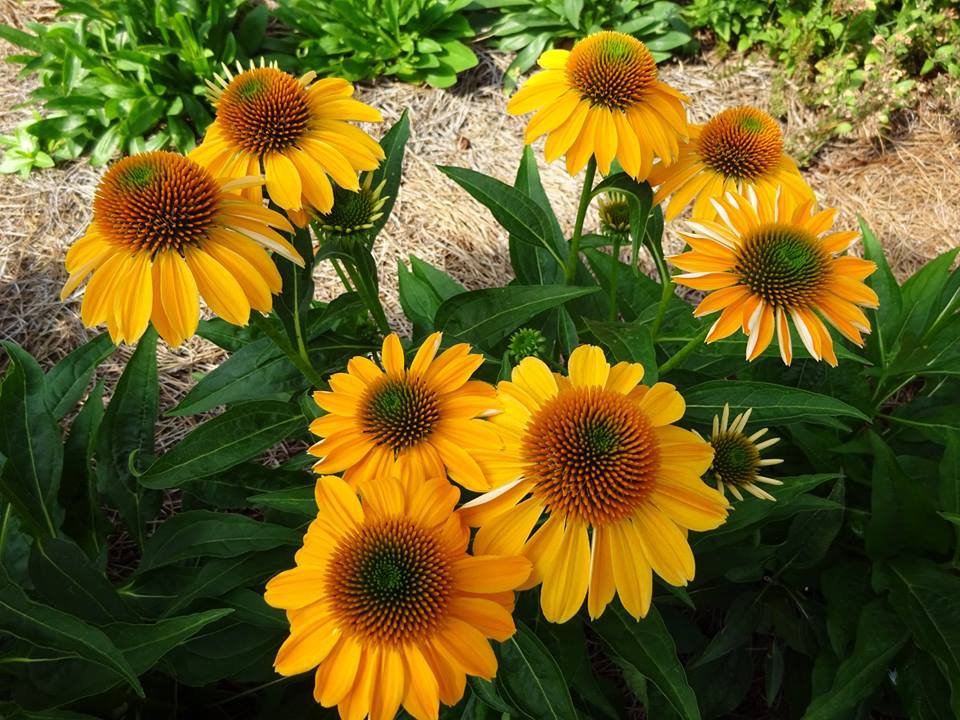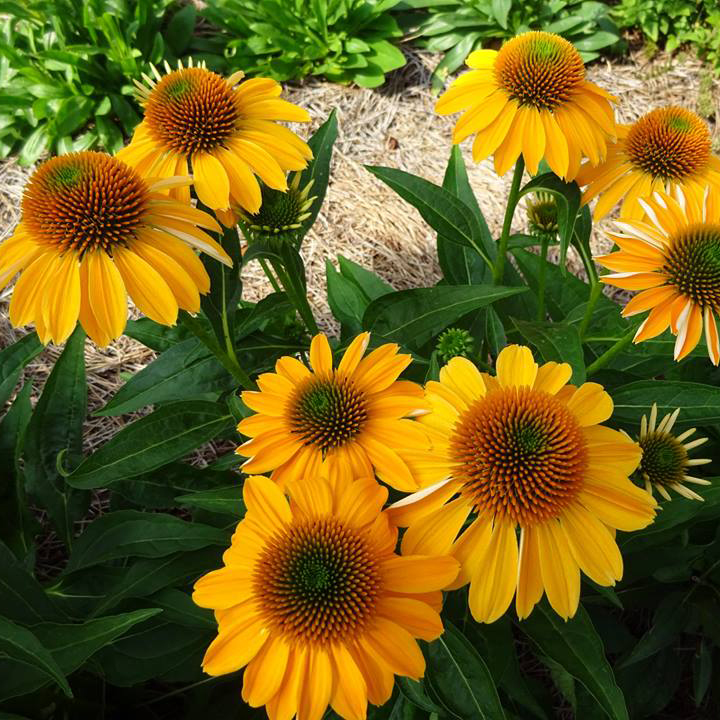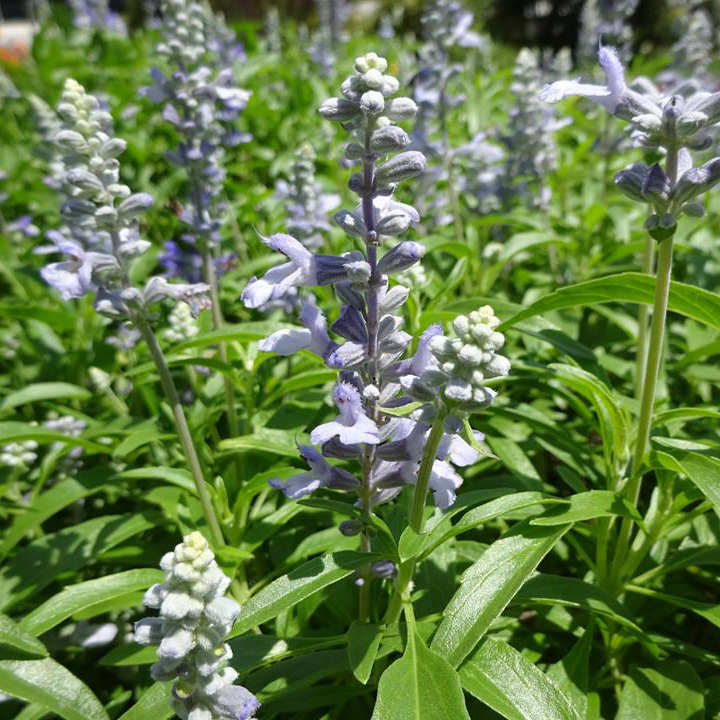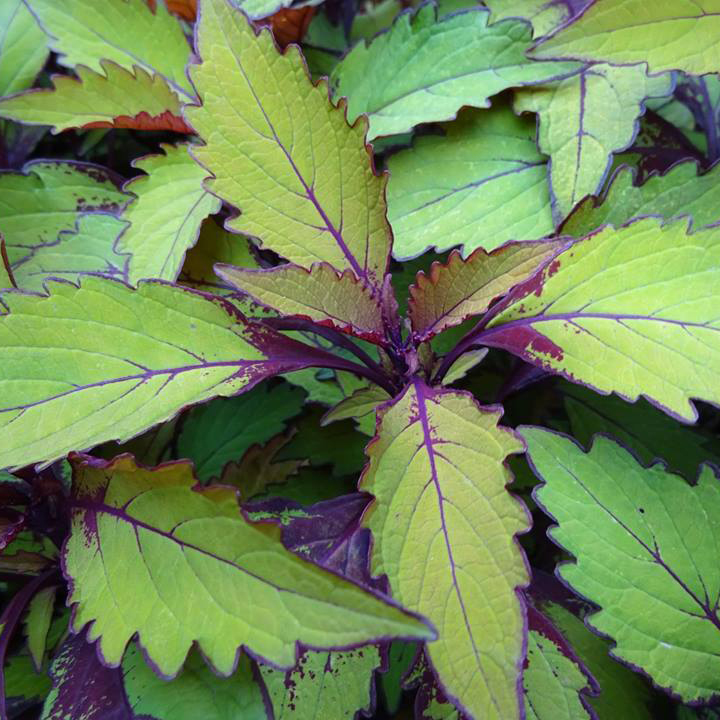Summer’s end often means that spring’s colorful annuals have started to fade, but the end of Georgia’s growing season also means it’s time to debut the University of Georgia Trial Gardens’ annual Classic City Award winners. These awards represent plants that thrived during the punishing conditions of a Georgia summer.
In addition to being one of the most beautiful places on the university’s Athens campus, the gardens serve an important purpose in the research and development of new ornamental varieties.
The gardens provide variable, real-world conditions for testing new varieties developed by commercial nurseries and academic breeders. This testing provides third-party, verified data for consumers, retailers, breeders and many others.
Trial plants are planted every spring and are watched carefully throughout the summer to determine which plants will make the cut and be sold to Southeastern gardeners the following season.
The gardens face a unique set of challenges during Georgia’s unpredictable summers, which makes the facility an ideal proving ground for new plants.
“June was a wet month. We had rain almost every week. When it’s cloudy and wet, plants like petunias, ptilotus and geraniums struggle in different ways,” said Brandon Coker, manager of the gardens.
For example, the dry-loving ptilotus thrived in early summer, but when June brought frequent rains, the three varieties of plitotus at the gardens completely rotted.
However, when plants like ptilotus thrive in the dry weather, other plants, like dahlias and chrysanthemums, need at least daily or twice daily watering to survive. To balance these needs, the gardens overcome rainfall challenges by keeping the plants on a watering schedule based on their individual needs.
Some of the plants that overcame individual challenges this summer earned the title of “Classic City Award winner.” With any luck, they’ll make it to local garden centers and gardens next spring.
Canna Toucan ‘Scarlet,’ Proven Winners
As the name implies, this canna is deep red, but the foliage is nearly black, which provides a beautiful contrast. The flower heads stand tall above the foliage line and when one bloom falls, another is ready to open. Don’t be discouraged if the plant starts off slow. At the gardens, the plants started off slow, then exploded in a continuous floral display in July that continued well into September.
Salvia Cathedral ‘Sky Blue,’ Green Fuse Botanicals
This light-blue salvia is a lower-growing variety and gets to be about 12 to 18 inches tall, according to the breeder’s website. ‘Sky Blue’ stayed in bloom from May to September, an impressive span of time for any flowering plant. It’s versatile in floral arrangements, containers, accent plantings, pollinator gardens and in a host of other settings.
Echinacea Sombrero ‘Granada Gold,’ Darwin Perennials
Of the three Sombrero varieties planted last spring, all of which were good performers, ‘Granada Gold’ was the best. The flawless, golden flowers bloomed profusely in a beautiful floral presentation and lasted longer than the other two varieties.
Coleus FlameThrower ‘Spiced Curry,’ Ball FloraPlant
“It’s not always about flowers,” Coker said. This colorful, leafy coleus looked stunning well into September and October. The leaves are serrated with purple outlines, and the underside and veins of the plant are also bright purple, which offers a beautiful contrast to the lime green leaves.
For a full list of the Classic City Award winners and more information about the gardens and next year’s trials, visit ugatrial.hort.uga.edu.











